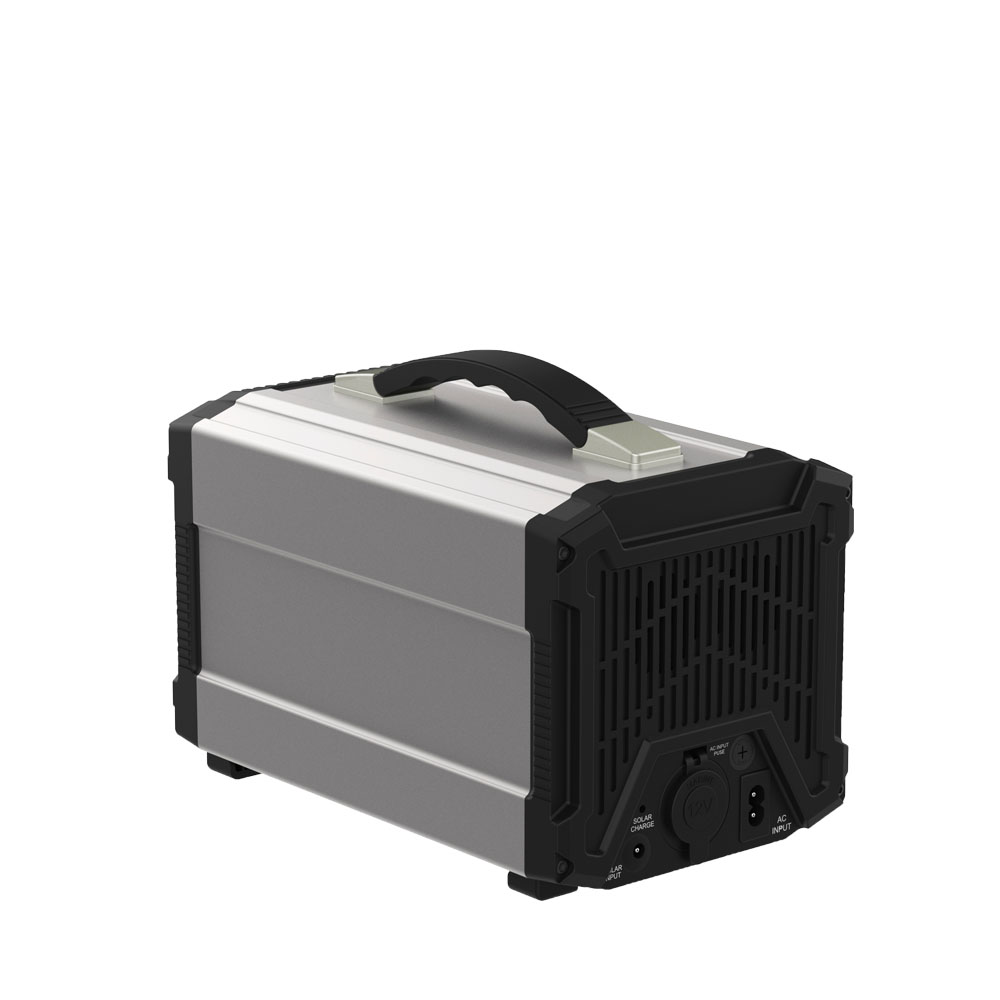Released on Oct. 24, 2022
According to researchers, lithium-ion batteries have the consistency and potential to be the best in the world. It becomes the best battery and gets the most demand from customers. Leading automotive companies are using these batteries in their technologies. There is no doubt that lithium-ion batteries are the future of batteries because they have many benefits. The main benefits of using lithium ion batteries are as follows.
Lithium-ion batteries operate at high densities, which means that the batteries can provide efficiency even at low charges. It does not matter that the battery needs to be charged; it will give high density work until the end.
Most other batteries deal with this problem and most of the time they will start discharging even if they are not used. Lithium-ion batteries have the ability to never leak battery life, and even their self-discharge rate is lower than other batteries.
Lithium-ion batteries have a low maintenance cost, making them more reliable.
Lithium-ion batteries are available in different sizes, capacities and styles. From button cells to large batteries that can be used in electric vehicles, they are readily available in the market.
Lithium-ion batteries not only provide you with the best battery experience, but they can also be paired with your devices to improve their performance. The future of batteries now depends on it. No other battery comes close to the performance of lithium-ion batteries.
Battery technologies that may power the future.
These two lithium-ion-based batteries could power the future. Let's take a look at their details.
In lithium particle (Li-particle) batteries, vitality storage and discharge is caused by the development of lithium particles back and forth from the positive electrode to the negative cathode using electrolyte. In this innovation, the positive electrode acts as a potential source of lithium and the negative anode acts as a host for lithium. Some science has accumulated in the name of lithium particle batteries as an aftermath of years of choice and simplified the near flawless aftermath of positive and negative dynamic materials. Lithiated metal oxides or phosphates are the best known materials used as off-the-shelf positive electrode materials. Graphite, graphite/silicon or lithiated titanium oxides are also used as negative electrode materials.
With real materials and cell structures, the innovation of lithium particles reaches the limits of vitality in the coming years. Gradually, the very late revelation of new groups of problematic dynamic materials should open the current breakthrough point. These imaginative mixtures could store more lithium in the positive and negative cathodes and will be considered for the first run to consolidate vitality and strength. More importantly, with these new deteriorations, the shortage and criticality of crude materials is also considered.
Today, among all the best-in-class inventory innovations, the lithium particle battery innovation allows the highest level of vitality thickness. For example, the exhibition, quick charge or temperature working window (-50°C to 125°C) can be adjusted by huge decisions in battery planning and science. In addition, lithium particle batteries show additional points of interest, for example, very low self-release and long life as well as cycling exhibitions, which usually have a large number of charge/release cycles.
New age lithium particle batteries are sent out before the original strong state batteries are released.
Second, lithium sulfur
In lithium particle batteries, lithium particles are placed in a dynamic material that acts as a stable host structure during charging and releasing. Lithium-sulfur batteries never have any host structure. During release, the lithium anode is engulfed and the sulfur becomes various mixtures; during charging, a turnover procedure occurs.

Li-S batteries use photodynamic materials: sulfur in the positive electrode and lithium metal in the negative electrode. This is why it assumes an unusually high vitality thickness: several times higher than that of Li particles. This makes it a reliable match for avionics and space operations.
Shuaifud has chosen and supported the most encouraging Li-S innovation, relying on strong-state electrolytes. This particular approach brings extremely high vitality thickness, long lifetime, and beats the basic disadvantages of fluid-based Li-S (limited lifetime, high self-discharge).
Moreover, this innovation favors strong-state Li particles because it has an unparalleled gravimetric vitality thickness (in Wh/kg, a problematic 30%).
Important innovation boundaries have just survived and the level of development is rapidly moving towards full-scale models.
For applications requiring long battery life, this innovation is entering the market shortly after strong-state lithium particles.
Here are three possible options that may help protect lithium-ion battery innovations. They are as follows.
i. Bring development for lithium ion
ii. Develop different near-term solutions for better electrolytes
iii. In addition, developing different near-term solutions for better endpoints
Thus, lithium ion can rule the world. Its progress will never stop and continue to move forward.
Navigation
Mob: +86 186 6629 0033
Tel: +86 0769 85544410
Fax: +86 0769 85544410
E-mail: info05@zwaynenergy.com
WhatsApp: +86 137 1409 6556
Wechat: +86 186 6629 0033
Office: 16th Floor, Yunhua building, shajing Town, Shenzhen, PRC
Add: Room 101, Building 1, No. 18 Hu Nan Road, Changping Town, Dongguan City, Guangdong Province
Follow Us